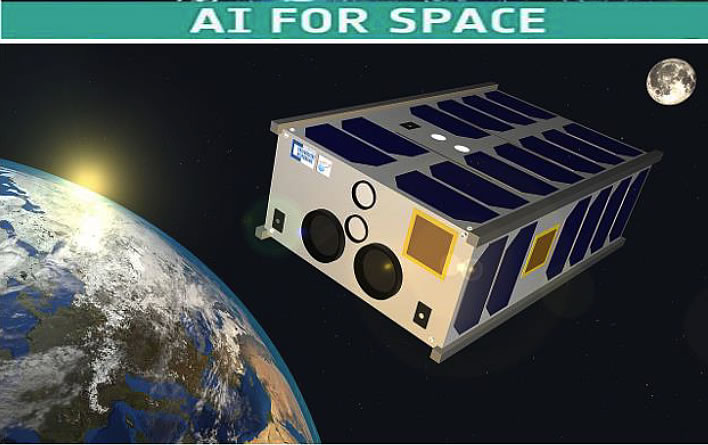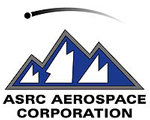|
|
| |

|
| From the Editor-in-Chief |
Dear Readers,
Journal of Space Operations & Communicator, a quarterly online publication, serves as a forum for those involved in the space operations field to communicate with one another, share ideas and information that improve the way operations are carried out in space. The poll in the last JSOC issue showed 67% of our readers describe themselves as ChatGPT users, 68% of whom utilize the AI tool in research. Moreover, Artificial Intelligence (AI) has recently become a focal area of discussion in AIAA and more specifically, during Space Operation & Support technical committee meetings. This issue is devoted to exploring AI importance in space missions to the moon, in commercial/ industrial operations, and to discovering future AI roles through a SpaceOps 2023 presentation reviewing a roadmap on “AI for Automation” developed by European Space Agency. The editors realize AI value for the future and aim to share such aspirations herein.
Congratulations, Journal of Space Operations & Communicator 20th Anniversary! in 2004, the AIAA and SOSTC signed agreements to include joint sponsorship of the Space Operations Journal and Communicator. Trevor Sorensen and Paul John Douglas were the founding editors, Dave Welch succeeded them years later. Who has not been mentioned from the beginning JSOC operations is the publication’s webmaster, Christine Chubenko.
Journal is a cross-disciplinary scholarly publication designed to advance space communication as a profession and as an academic discipline. The Journal is distributed electronically without charge to users on a global basis. JSOC contains peer-reviewed articles, comments and case notes written by leading scientists, professors, and practitioners in their respective fields of aerospace expertise. The editorial board seeks articles that demonstrate exemplary academic research of emerging trends in space technology and space operations fields. Many people congregated at conferences, symposia, and workshops last quarter either face-to-face or virtual.
Hopefully, you will find this issue informative and worthwhile reading.
Sincerely,
Ronald H. Freeman, PhD
Editor-in-Chief
April 1, 2024 |
Journal of Space Operations & Communicator, a quarterly online publication, serves as a forum for those involved in the space operations field to communicate with one another, share ideas and information that improve the way operations are carried out in space. The Journal is a crossdisciplinary scholarly publication designed to advance space communication as a profession and as an academic discipline. The Journal is distributed electronically without charge to users on a global basis. JSOC contains peer-reviewed articles, comments and case notes written by leading scientists, professors, and practitioners in their respective fields of aerospace expertise. The editorial board seeks articles that demonstrate exemplary academic research of emerging trends in space technology and space operations fields.
|
|
|
 |
|
2024 Workshop Preparation
“Museum Toulouse” Toulouse, France
CNES, the French Space Agency, will host the next SpaceOps workshop scheduled to take place June 18 - 20, 2024. This biannual event, which takes place in between the SpaceOps conferences, aims to explore new subjects, new paradigms, new issues related to space systems operations.To learn more about this event, contact the organizers:
|
|
 |
The
2025 SpaceOps Conference
will take place 26-30 May 2025
in Palais des congrès, Montreal, Canada.
The venue will be published soon. |
|
"Inspiring Humankind's Future"
|
|
|
| |
|
The "Journal" solicits papers and technical articles on all relevant matters of space operations for online publication. On request the "Journal's" international Peer Review team will review your paper according to AIAA standards. Please contact: Joachim J. Kehr, Editor SpaceOps News joachimkehr@aol.com or use the Communicator submission template |
| |
Founding Sponsor
ASRC Aerospace Corporation |
Platinum Sponsor
GMV SpaceOps Conference 2023 |
 |
 |
|
A range of unique sponsorship opportunities are
available to corporations, both at the subscriber level as well as a
limited number of Founding Sponsor openings that will give your
organization a strong association with the premier journal for space
operations. A partnership with us can deliver your business objectives,
strengthen corporate image and provide excellent marketing and PR
opportunities. Read more...
|



